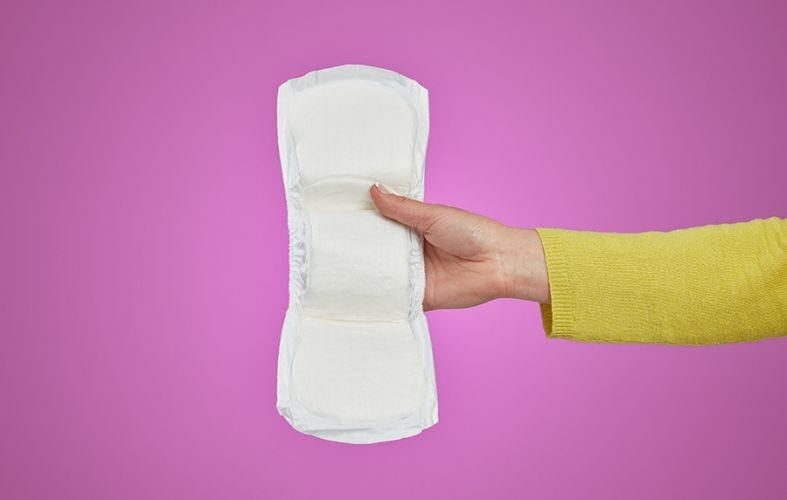
Share this page with friends
Lifestyle tips for managing urinary incontinence at home
Bladder weakness is no joke; its unpredictable nature can make it really challenging for people to manage. In our article, we’ll be taking a look at ways to manage bladder weakness while you’re at home. Home should be somewhere you feel comfortable, safe and confident, not stressed out, worrying about bladder leaks or ruining your favourite furniture.
We’ve got 5 top tips to help you manage your urinary incontinence, which should give you some peace of mind and a spring in your step.
1. Understand there are different types of urinary incontinence
Overflow incontinence – when your bladder doesn’t completely empty. Which leads to frequent dribbles.
Functional incontinence – physical or mental impairment prevents getting to the toilet in time.
2. Incorporate food & drink to promote bladder health
Food & drink to include in your diet to help with incontinence:
- Water: Some people believe drinking less water will help with their bladder leakage. This, however, is not true. In fact, dehydration will cause your urine to concentrate and irritate your bladder, making things much worse. So, keep on top of your water intake; it’s good for you!
- Cranberries: They contain compounds called proanthocyanidins (a big word to describe the chemical that gives fruits and flowers their colours) which can help prevent bacteria from sticking to the bladder walls, reducing the risk of infection. Cranberries can be enjoyed as a snack or a tasty juice drink. Both are easily obtainable from the supermarket.
- Fruit, vegetables & whole grains: Foods high in fibre, such as fruit, vegetables & whole grains will help ease constipation. This is important as constipation can put pressure on your bladder, adding to the risk of leakage. Keeping the digestive system regular with a high-fibre diet can help to soften your poop and ease pressure on your bladder.
- Leafy greens: Spinach and kale are rich in vitamin C, which can help prevent urinary tract infections (UTIs). UTIs are an absolute nightmare for people experiencing bladder weakness, so anything you can do to avoid them, the better!
- Bananas: They’re an excellent source of potassium, which can help regulate fluid balance in the body. This can be particularly helpful for those with incontinence, as too much fluid can put pressure on the bladder.
Food & drink to avoid in your diet to help with incontinence:
- Coffee (caffeine in general): Unfortunately, coffee and caffeine have diuretic effects, which can irritate the bladder lining and worsen symptoms.
- Fizzy drinks: Fizzy drinks like lemonade, cola and sparkling water can be problematic because the bubbles can create gas in your bladder, leading to urgency and leaks.
- Alcohol: Alcohol is a diuretic, which means it increases urine production and can make incontinence worse.
- Spicy food: Spicy foods and artificial sweeteners have also been linked to bladder irritation and incontinence.
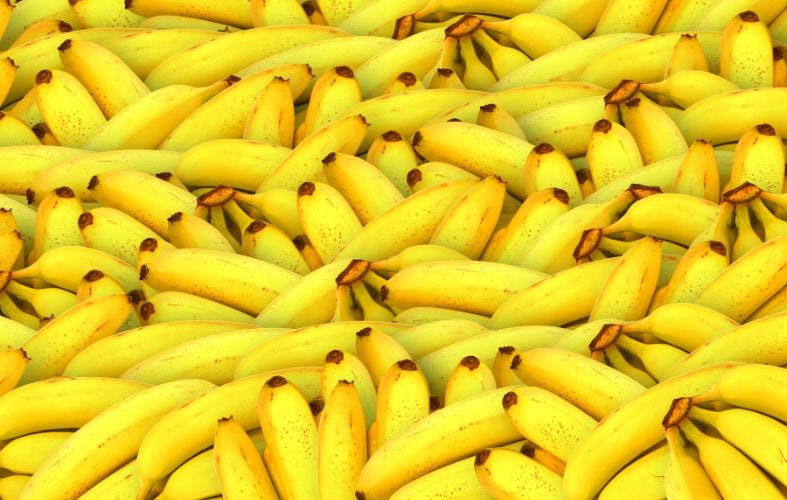
3. Create a toilet schedule
It might seem like a bit of an odd thing to do at first, but if you stick with it, you can regain some control over your incontinence. So, to get started: Pick a time period to go to the loo. For instance, every 1.5 hours, even if you don’t feel the urge (more often or less often based on your own personal needs). Over time, try to increase the intervals between toilet trips.
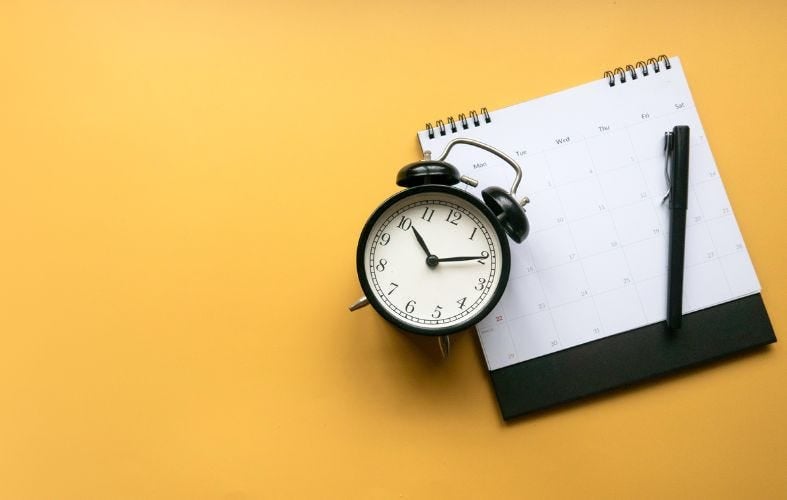
4. Build a stronger pelvic floor
Pelvic floor exercises are super easy to perform, and you can do them anywhere, at any time, without anyone noticing. The most common and easiest to perform is the humble Kegel. Kegel’ing is usually the go-to pelvic floor exercise. They’re really simple, and you can perform them absolutely anywhere and at any time.
How to perform a kegel:
- Empty your bladder before starting
- Imagine you’re urinating and you suddenly need to stop mid-stream (alternatively, imagine you are trying to stop passing wind)
- You should feel a contraction inside your body in the pelvic area
- Hold the contraction for 3 to 5 seconds, then release
- Wait 3 to 5 seconds and then repeat the contraction
- You can perform this stood up, sat down, or lay down
There are plenty of useful pelvic floor exercises that you can try at home. If you’re keen to learn some more techniques, why not watch our YouTube video? We enlisted the help of our friendly personal trainer, Natalie Small, to run through some pelvic floor exercises that will keep your bladder in tip-top shape.
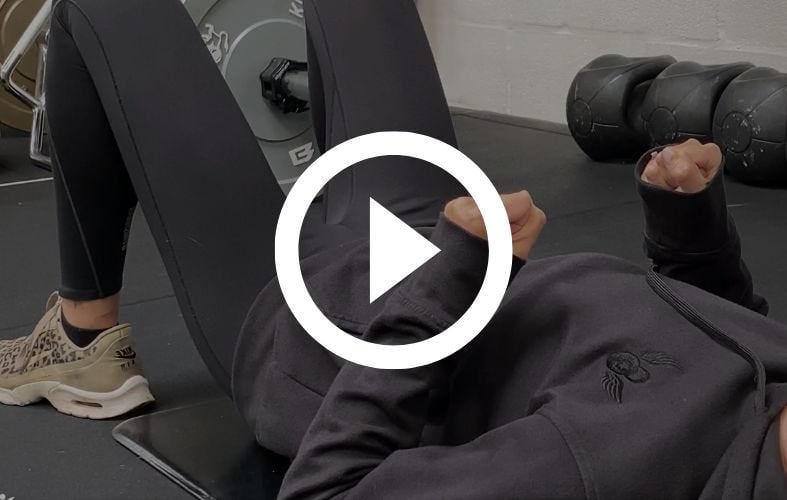
5. Grab some affordable incontinence products to protect yourself and your furniture
Disposable bed pads
If you experience nocturia (nighttime leakage) regularly, you might find yourself stripping the bedding and putting a wash on quite a lot. If there’s no buffer there to absorb the liquid, it’s going straight into your bedding. It might not be too annoying at first, but after a while, the constant labour of washing duvets and sheets and mattress cleaning can grate on someone. With disposable bed pads, you simply roll them up and chuck them in the bin, problem solved.
We offer a fantastic range of disposable bed pads, with our own in-house brand Vivactive providing the best bang for your buck. Vivactive Bed Pads have been designed to deliver a combination of fantastic absorbency at a super-affordable price point. These bed pads absorb twice the amount of liquid compared to some other similar disposable bed pads. This is thanks to the long fibres in the "fluffy" part of the pad, which are three times longer than those in some other products. The enhanced fibre length means the pad can hold an extensive amount of urine.
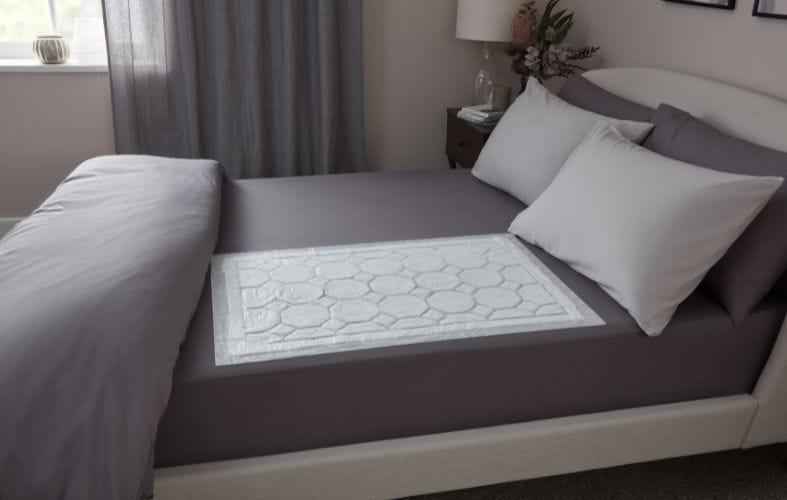
Washable incontinence pants
Washable incontinence pants provide a cost-effective and environmentally friendly alternative to disposable options. Due to the fact you’re only buying a few pairs, they offer significant long-term cost savings. With proper care, they can be used over and over again, unlike disposables. By reducing waste generation, washable pants contribute to a more sustainable lifestyle, aligning with a conscientious approach.
Washable incontinence pants are best suited for eco-minded people who experience light levels of urine leakage. They look just like regular underwear, so they’re perfect for those who want to maintain a high level of discretion. They’re made of super soft and comfortable cotton with a built-in absorbent pad.
If you’re new to incontinence and not sure where to start, these are a good choice. Transitioning from your normal pants to a heavy-duty nappy can be overwhelming. Washable pants can be the ideal solution for someone dipping their toes in the water.
Generally speaking, washable incontinence pants have a lower absorbency than their disposable counterparts. These are definitely a solution for people experiencing light leaks; if you have chronic incontinence or heavy leakage, then you’ll be better off with a higher absorbency alternative.
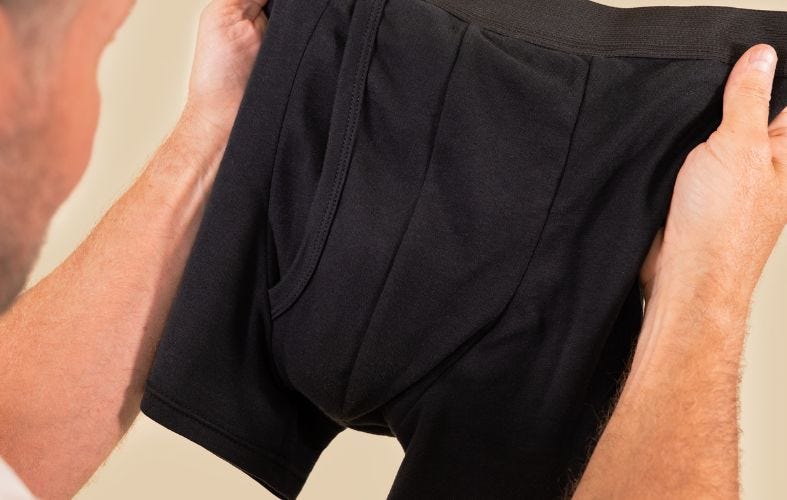
Disposable incontinence pants
For most people, when talking about wearable incontinence items, they’re the first thing that pops to mind. They’re designed with a classic ‘pant fit’ - in that you put your legs through and pull them up.
Generally, they’re designed with simplicity, absorbency, and mobility in mind, offering a classic fit and effective solution for managing incontinence. They're convenient and discreet, resembling regular underwear but with the added feature of a highly absorbent pad capable of handling big volumes of liquid. You don't need to discard them after every minor leak; instead, wait until they’re full. Once they're full, simply tear the sides, dispose of them, and pop a new pair on.
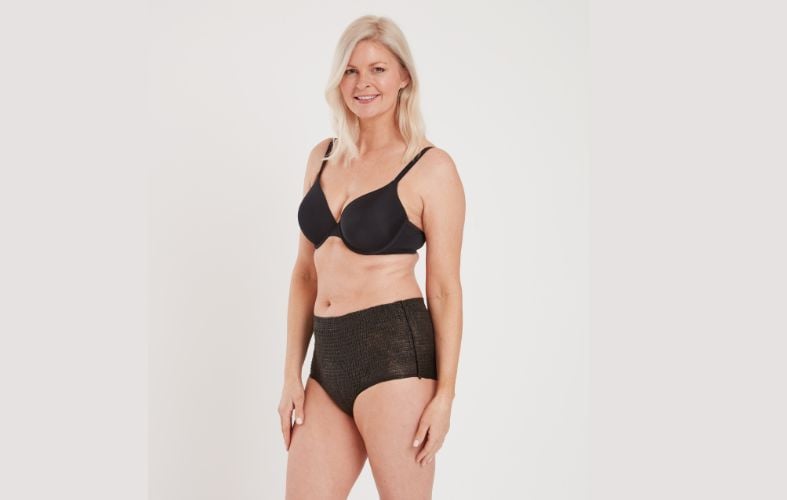
Large Shaped Pads:
For most people, when talking about wearable incontinence items, they’re the first thing that pops to mind. They’re designed with a classic ‘pant fit’ - in that you put your legs through and pull them up.
Generally, they’re designed with simplicity, absorbency, and mobility in mind, offering a classic fit and effective solution for managing incontinence. They're convenient and discreet, resembling regular underwear but with the added feature of a highly absorbent pad capable of handling big volumes of liquid. You don't need to discard them after every minor leak; instead, wait until they’re full. Once they're full, simply tear the sides, dispose of them, and pop a new pair on.
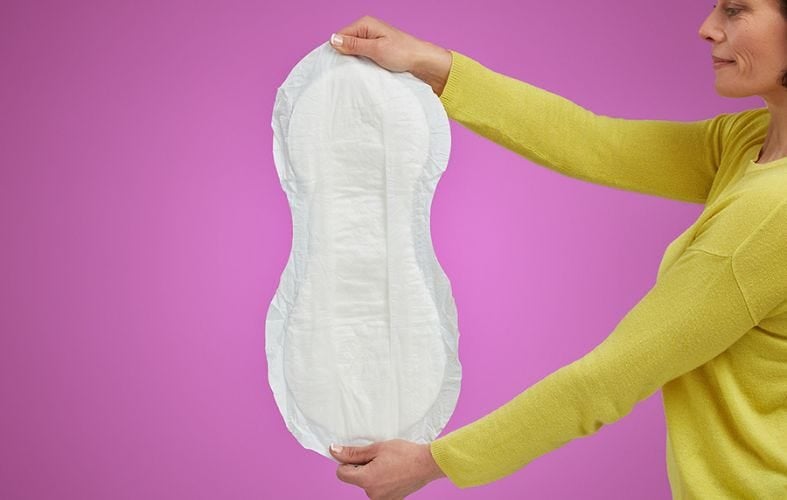
Discreet pads
Discreet pads are a great addition for anyone experiencing light leaks who needs a versatile, disposable, discreet option. They tend to be smaller than large-shaped pads and are usually worn inside your regular underwear. The absorbency levels of discreet pads are lower than what you might find with large-shaped pads, but what they lack in absorbency they make up for in discretion and mobility.
Vivactive Lady Discreet pads have been compressed to a 50% thinner profile, and feature our innovative TRIPLE LAYER LOCK™ technology that enables them to absorb liquid faster and lock in odour. All for up to 50% less than comparable products in the supermarket or pharmacy.
